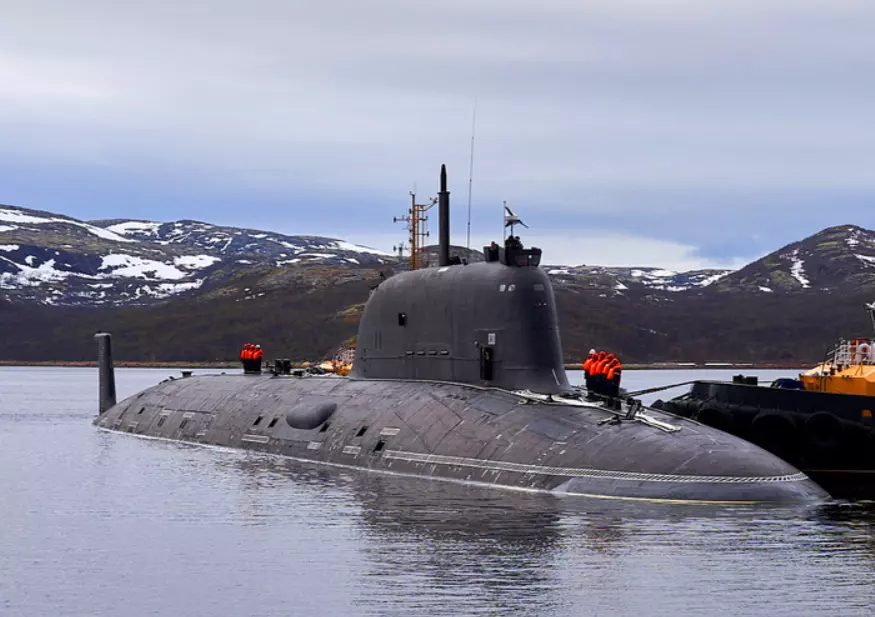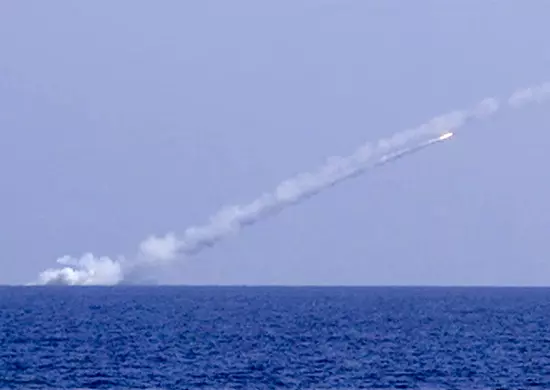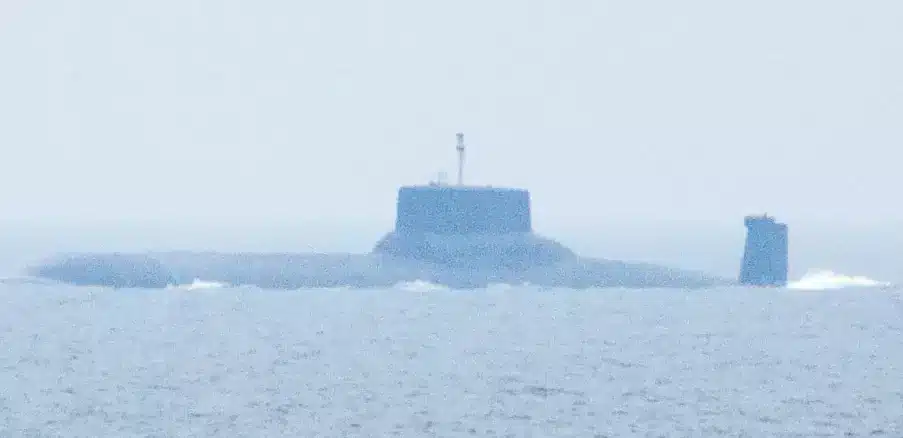This article by Christopher Woody was originally published by Business Insider.
A year of renewed fighting in Ukraine has depleted and embarrassed Russia’s air, ground, and naval forces, but one component of Russia’s otherwise struggling military — its submarines — still worries U.S. commanders.
Submarines are a relative bright spot in Russia’s recent naval modernization efforts, especially the Severodvinsk-class subs that U.S. officials say are hard to detect and capable of striking important targets in Europe and the United States.
Despite the high-profile loss of the guided-missile destroyer Moskva, the Black Sea Fleet flagship, in April, Russia’s navy remains “largely intact” and continues “to do what we’ve always seen” it do, Rear Adm. Michael Studeman, commander of the Office of Naval Intelligence, said at an Intelligence and National Security Alliance event on January 11.
“But they have more advanced capabilities with their Severodvinsk SSGN. There are three of those out there now and they’ll be building more,” Studeman said, using an acronym referring to nuclear-powered guided-missile submarines.
Russia plans to build nine Severodvinsk-class subs, which it calls the Yasen class, and may add more in the future. Those subs are “very, very advanced,” have “multi-mission capabilities,” and are increasingly active, Studeman said.

Related: 7 weird things you probably didn’t know about Navy ship names
“They have started doing patrols in the Atlantic, holding the United States at risk in some of their patrol areas, and they recently moved one into the Pacific,” Studeman added. “So there’ll be a dual-flank challenge for the United States in trying to track and hold accountable where those submarines are and what they’re doing.”
Studeman’s comments echoed those of U.S. Air Force Gen. Glen VanHerck, the head of U.S. Northern Command and NORAD, who in October warned about the increasing presence of Severodvinsk-class subs off of U.S. coasts.
“What has been an episodic threat to the homeland, typically in the fall and through the winter timeframe, will become a persistent, proximate threat,” VanHerck said at the Association of the U.S. Army Conference on October 11.
VanHerck has said in the past that Severodvinsk-class subs are a top concern, describing them as “on par with” U.S. submarines.
Those subs’ increasing activity in the Atlantic and the Pacific means they “will be a persistent, proximate threat capable of carrying a significant number of land-attack cruise missiles that can threaten our homeland today,” VanHerck said.
Related: Australia offers hints at how nuclear submarines will factor in
‘Right out of the Russian playbook’

Construction of the first Severodvinsk-class sub, also called Severodvinsk, began in 1993. It entered service in late 2013. The second and third subs, Kazan and Novosibirsk, have since entered service and the fourth, Krasnoyarsk, is undergoing sea trials.
In addition to nuclear propulsion, Severodvinsk-class subs have advanced quieting technology and are built with low-magnetic steel, making them harder to detect. They are armed with torpedoes as well as anti-ship and land-attack cruise missiles that can be fired vertically.
The subs built after Severodvinsk are similarly armed but have a number of upgrades, including new quieting technology and a quieter nuclear reactor.
The ability to attack targets on land with cruise missiles is a relatively new one for Russian submarines. They demonstrated it in the mid-2010s by firing Kalibr cruise missiles at ISIS targets in Syria, surprising some U.S. officials.
Those capabilities have inspired admiration and worry among Western officials. Their main concern is Severodvinsk-class subs could lurk off their coasts and attack vital infrastructure, such as ports and airfields needed for resupply and reinforcement, with cruise missiles.
Related: Russia uses ‘relic’ weapons in Ukraine, including the 9K111 Fagot anti-tank system

In the “threatening period” immediately before a conflict, Russia would deploy much of its naval power closer to its shores, but in the “far seas,” including most of the Atlantic Ocean, Moscow would make “much more limited use of nuclear-powered submarines” because it lacks the resources to operate them there effectively, according to Michael Petersen, director of the Russia Maritime Studies Institute at the U.S. Naval War College.
“When it comes to long-range precision-strike warfare, Russia’s logistics and sustainment and striking power decrease with distance,” Petersen said during a presentation in August.
But some developments in Ukraine appear to validate Russia’s ambitions — and NATO’s concerns.
Petersen said Russian reports suggest that Kalibr missiles have “proven their worth” to Russian commanders, who have been “relying heavily” on them to strike important targets.
A Ukrainian attack on Russian forces also appears to have bolstered Russian thinking about what Petersen called “targeting maritime resupply at the pier” — a scenario for which NATO navies have renewed their training.
In March, a Ukrainian missile struck a Russian landing ship docked in Berdyansk. Ukraine had used intelligence about the ship’s location to “strike that vessel, that single vessel, with a precision-strike munition,” Petersen said. “That is exactly right out of the Russian playbook, and that is something I think that the Russians, in a sort of weird and perverse way, were able to learn as something that they can use to their advantage in the future.”
Feature Image: The Russian Borei-class, nuclear-powered ballistic missile submarine Yuriy Dolgorukiy in August 2017. (Photo by Szilas/Wikimedia Commons)
Read more from Business Insider
- Ovidio Guzmán’s arrest may be the start of a campaign against El Chapo’s sons and the Sinaloa cartel
- The ‘carrier killer’ missile Russia fired into a Ukrainian apartment building, killing dozens, is ‘notoriously inaccurate’ and unpredictable, intelligence and experts say
- How China planted an FBI mole who was discovered only after gutting the CIA’s vast spy network
- Russian embassy accidentally shares map ignoring Putin’s bogus land claims in Ukraine
- State media reports Russia has built its first batch of Poseidon doomsday torpedoes, one of Putin’s ‘super weapons’




